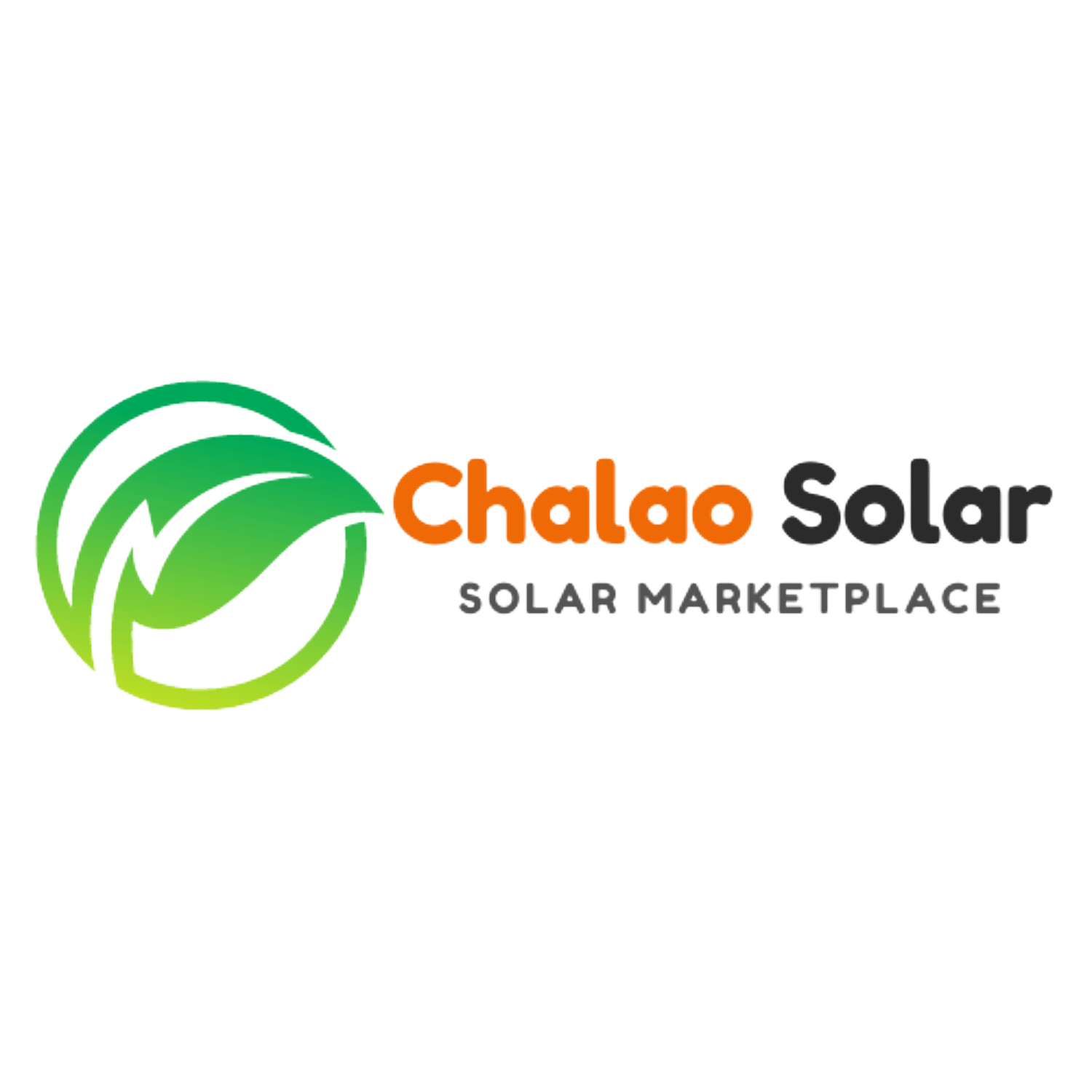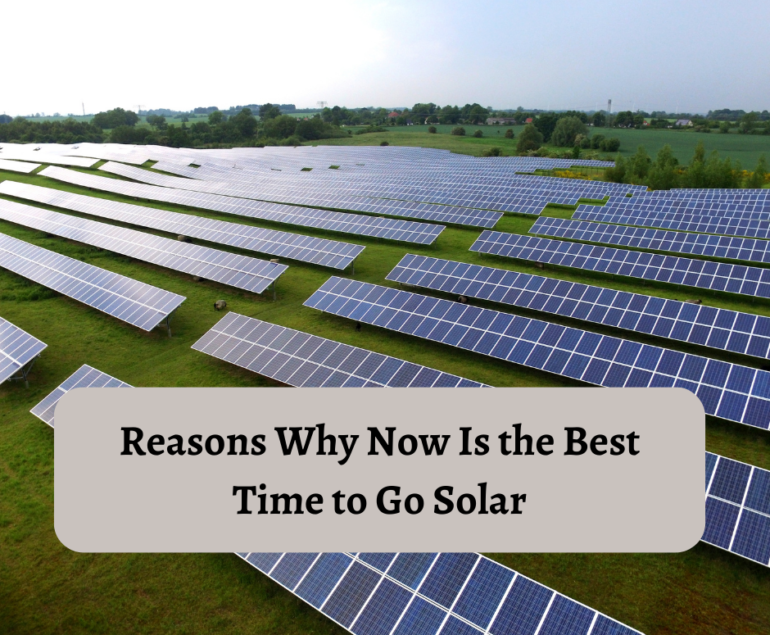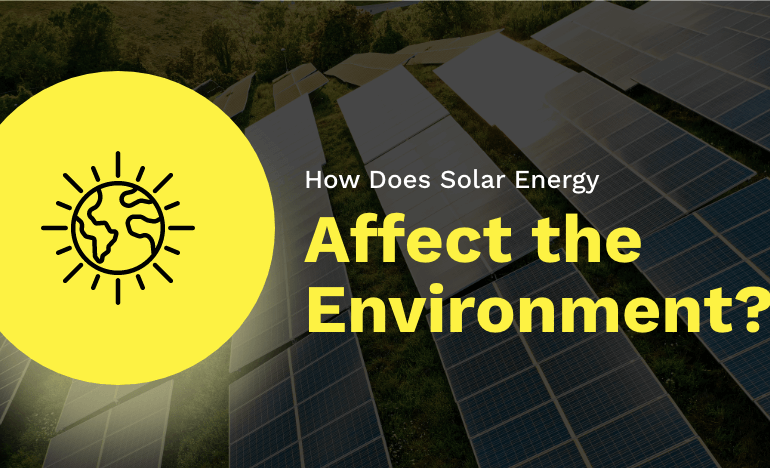There are a lot of misconceptions about solar energy, but that doesn’t mean that solar panels aren’t a great way to produce electricity. This blog post will examine some of the most common misconceptions about solar energy and discuss how to overcome them.
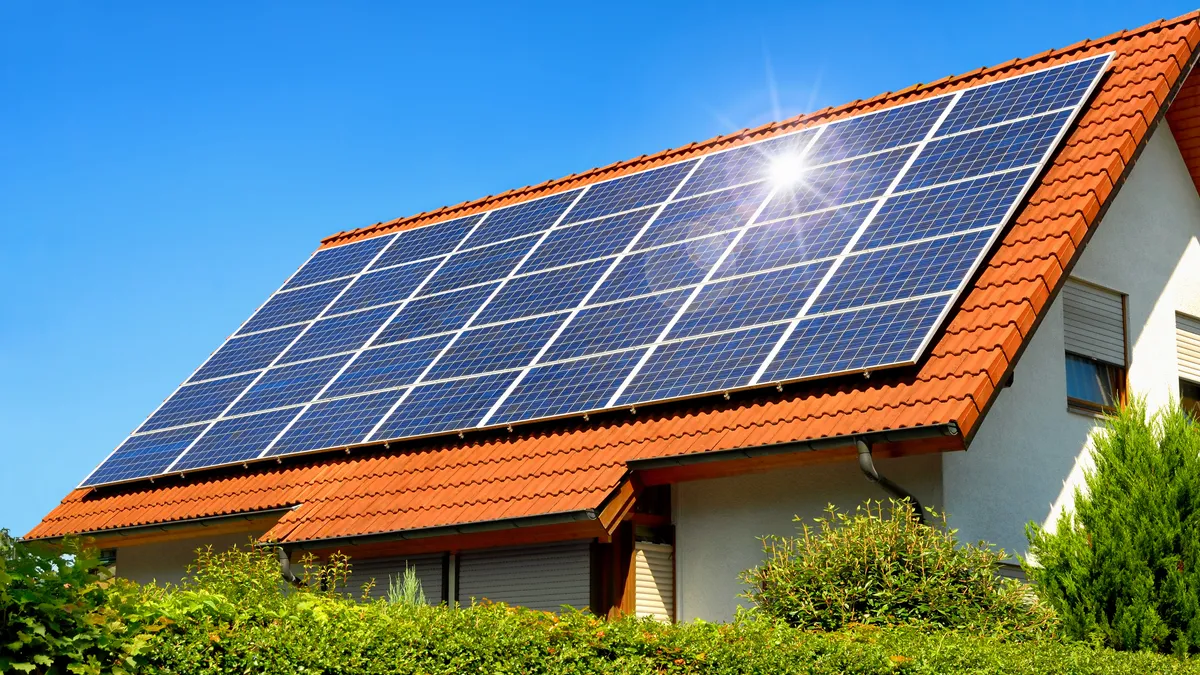
Panels need to be more efficient
When hearing that solar panels have an efficiency rate of 22%, some buyers question why it isn’t 100%. Instead of producing electricity, some sunlight will be reflected off the panel or converted to heat. Additionally, some of the light types that make up the sunshine, such as infrared light, cannot be absorbed by solar cell materials.
At room temperature and with regular sunshine, solar cells have a 39% efficiency that holds the world record. However, these cells are too costly to be used in cost-effective household solar panels.
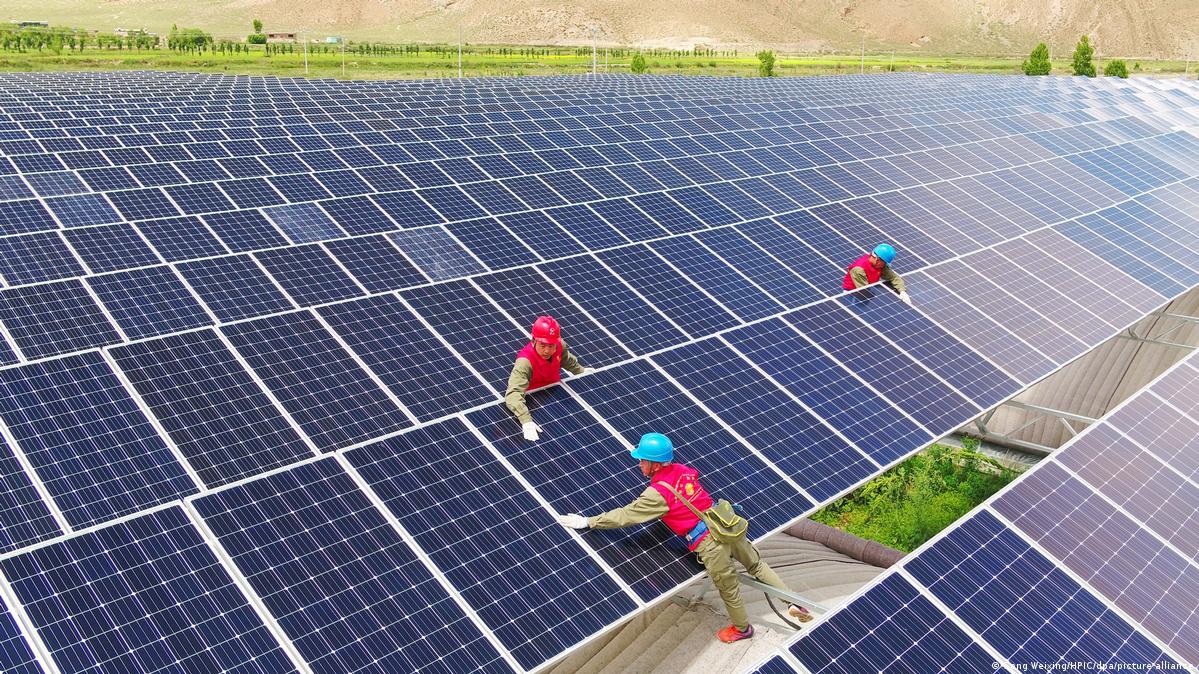
The sun really generates a huge quantity of energy; in fact, the one and a half hours that sunlight shines on the planet has more energy than the whole globe uses in a year. Commercially accessible solar panels may satisfy your home’s energy demands thanks to this abundant energy source for a price that is often equal to or less than that of grid-supplied electricity.
But every year sees improvements and advancements in solar technology, in part because of SETO-funded research. If you wait for further developments, you run the danger of losing out on the many tax breaks and incentives available for solar energy now, many of which have expiry dates.
Have no home, so I can’t go solar
Thanks to solar community initiatives, you may benefit from solar energy even if you rent your home or live in an apartment complex. Through community solar initiatives, several individuals may enjoy the benefits of a single solar installation. These arrays may be put off-site or on your building.
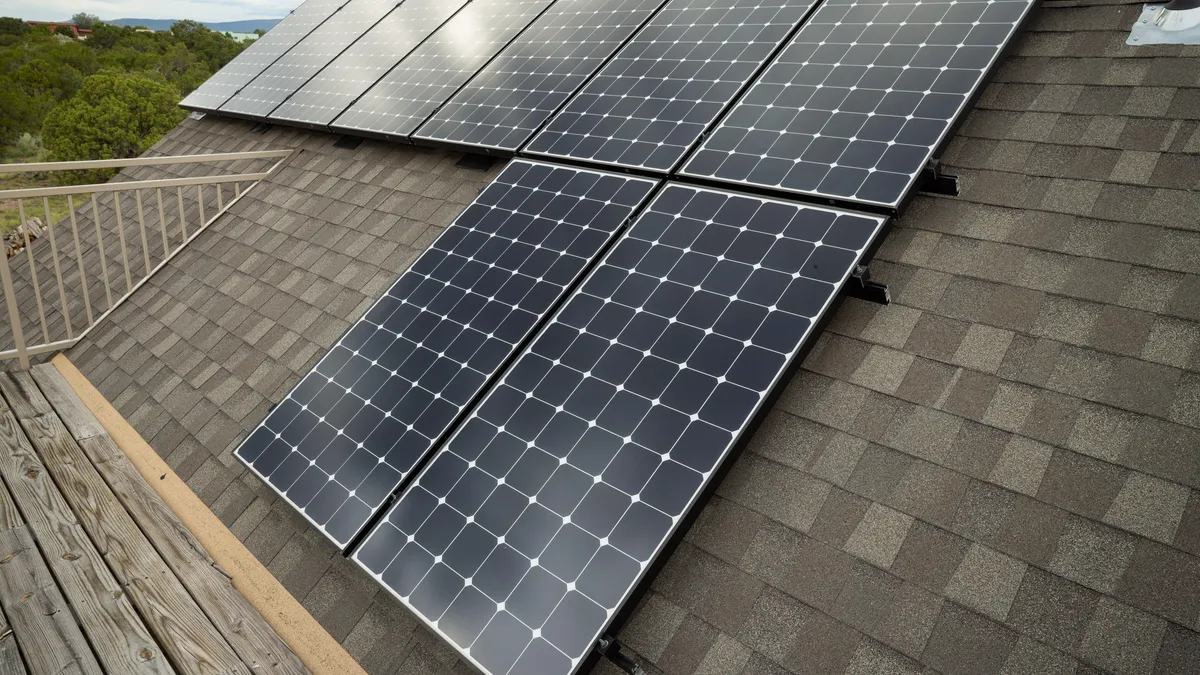
The installation of the solar energy system and the associated purchase expenses are subsequently split among all participants. Everyone may invest in the shared system at a level that best suits their financial situation.
With so much contradicting information out there, it may be difficult to make important choices about going solar. You can rely on the Solar Energy Technologies Office to provide reliable resources and data.
The costs of solar are too high
You don’t have to pay the whole cost of a household solar system at the time of installation, even though it may cost anywhere between $15,000 and $35,000. Several solar financing alternatives let you pay over time, along with regional, national, and federal tax breaks and rebates to help offset the expenses.

Solar panels are very dependable and resilient, requiring minimal regular maintenance. To maximize power production, you may want to clean them once a year if you live in a dusty climate, but that’s about it. SETO is working to guarantee that solar energy prices continue to fall as demand increases.
Using solar energy at night is impossible
There are two different kinds of solar energy systems available. hybrid systems and grid-tied systems. Grid-tied systems don’t have an energy storage device but are nevertheless linked to the grid. Conversely, hybrid energy systems include backup energy sources.
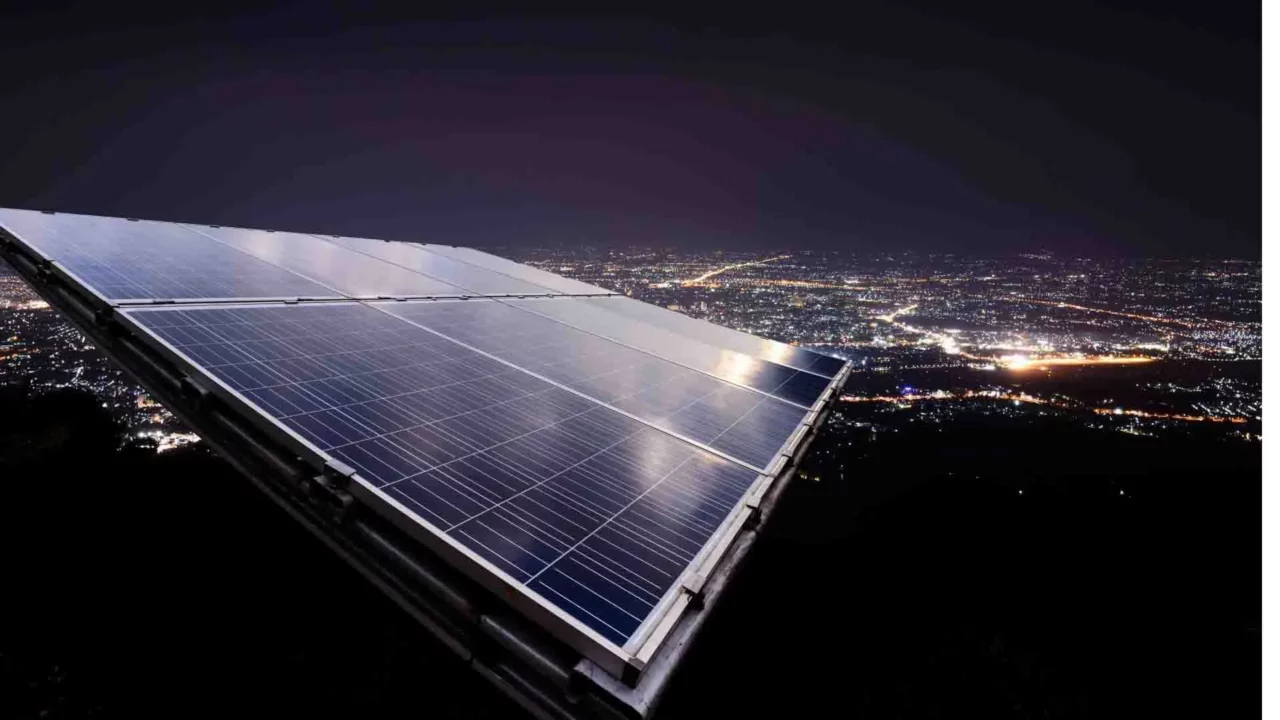
Hybrid systems are the best choice if you’re seeking a solar energy system that can also meet your needs for nighttime power. In addition to being stored in the backup system, the extra energy generated throughout the day may also be net-metered. In this manner, you will always have access to energy.
The short lifespan of solar energy systems
Solar energy systems last 5-6 years, so people consider the investment. However, that’s incorrect. Ten years is the Li-ion battery’s minimum lifetime. 25–30 years is the solar energy system’s lifespan. After that, the system will still operate.
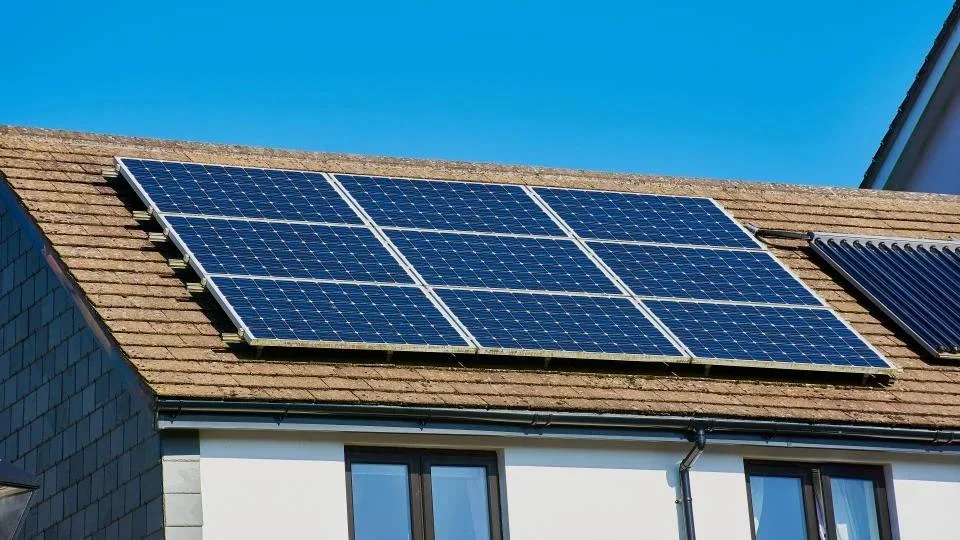
After that, performance may drop. After then, the solar energy system will work. Solar panels and systems may last decades if cleaned and maintained.
The maintenance of solar energy systems is extensive
As long as you purchase from a reputable supplier and organization, installing solar panels and the associated system is simple. The site assessment and system installation, whether on the ground or the roof, are tasks that solar engineers are qualified to do.
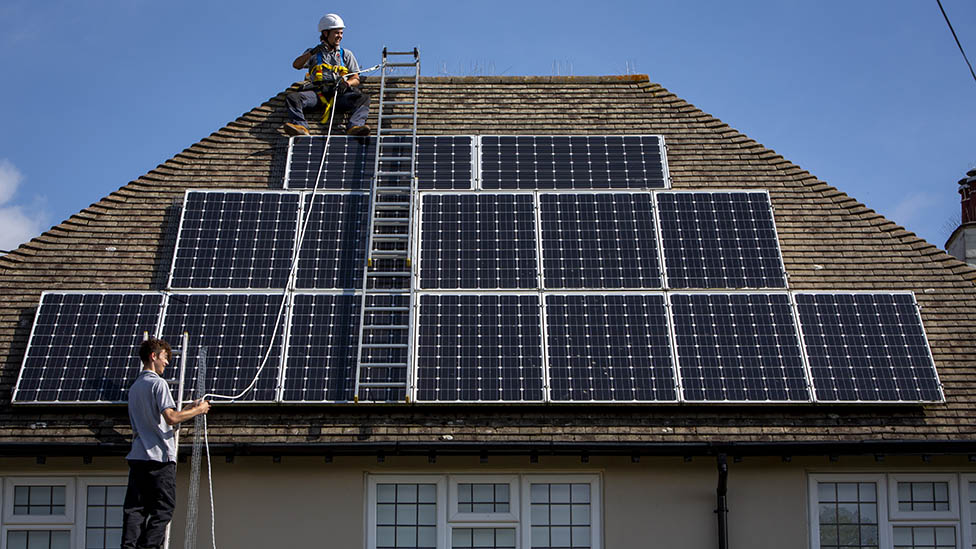
In cold environments, snow, dust, and debris may accumulate on solar panels, so clean them regularly. Solar panels are made to survive the tough environment apart from that.
You may also clean your solar panels every six months if you don’t reside near factories. Batteries and solar inverters are located within the house, so they don’t need any special cleaning. Additionally, organizations providing comprehensive end-to-end solutions do routine maintenance, making panel cleaning unnecessary.
Solar panels will damage roofs
Their preservation and protection help the area of the roof that solar panels cover. The panels are installed on top of the roof, not directly connected to it, so they can be readily removed if the roof they are resting on has to be fixed, which is an uncommon scenario.
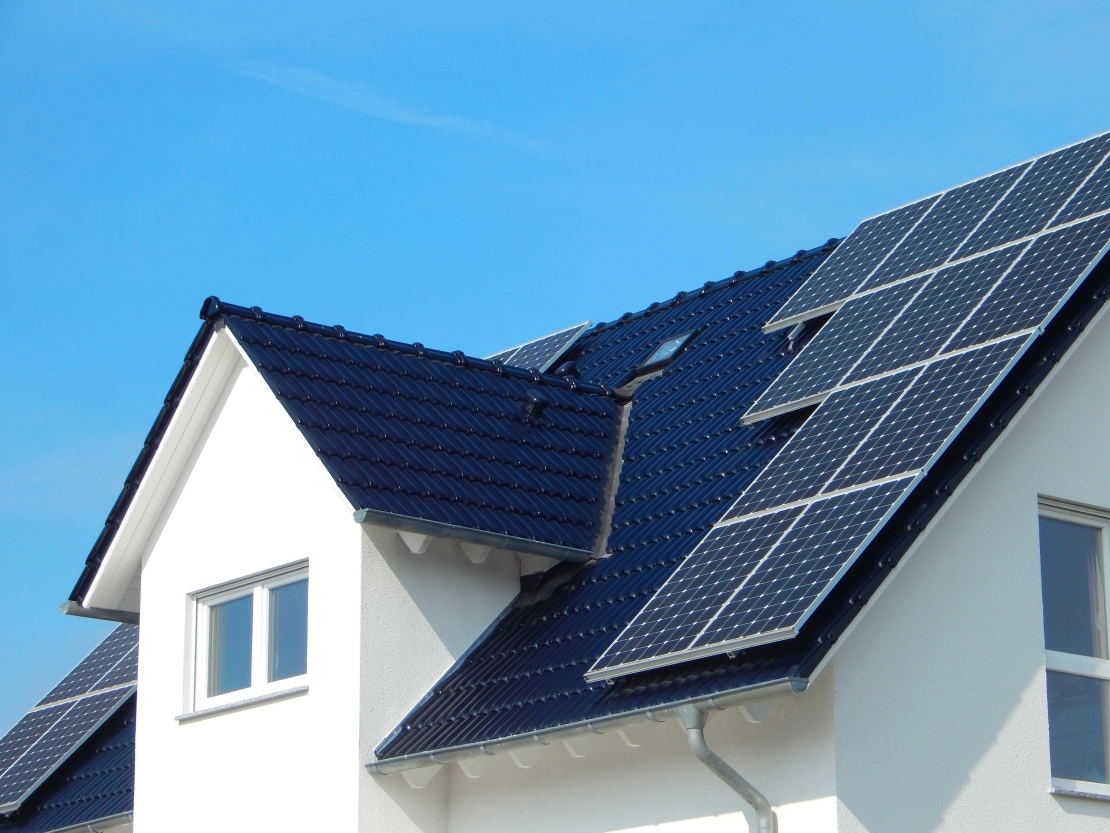
Typically, the sealant is used to fill in any gaps that may exist between the roofing and the panels. A metal “flashing” or other coatings are also used to protect the mounts as an additional barrier. Remember to inspect your roof for damage before installing a new rooftop.
It isn’t easy to resell a home with solar panels installed
The property value of your house would increase if you installed solar panels. According to several studies, houses with solar panels sell more quickly than those without them.

Solar panels may cost between £5,000 and 8,000, but you save money in the long run since they increase the value of your property by an average of £14,000, but this depends entirely on how much it will be worth.
The material used in solar panels is toxic
Sand, silver, and aluminum are the main components of crystalline solar panels. Even though recycling facilities will soon be able to reuse solar panel components, the EPA allows the disposal of crystalline solar panels in landfills.
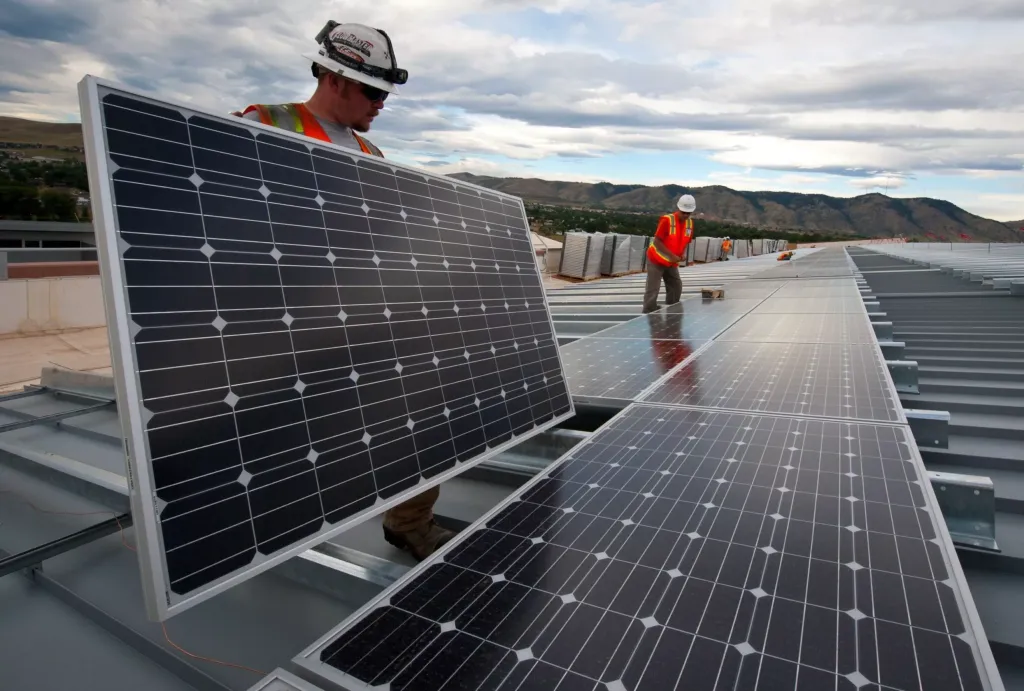
In this way, toxic materials are not released into the environment.
Solar panels need warm weather
In solar panels, PV cells enable light particles to enter, freeing electrons from atoms and creating an electrical current. Since solar panels use the sun’s energy, we should consider what environment they require.

The fact is that solar panels are effective in all types of climates because sunshine intensity, not heat output, is what counts. You may be certain that you won’t have to endure the chilly months helplessly, even throughout the winter. Cloudy and shorter days, however, will affect how much energy the solar panels generate. Solar batteries store solar energy for later use to compensate for this drop in solar output.
Solar panels have a loud sound
Many believe solar panels will make noise because they generate power. Since solar panels do not have any moving parts, they make little noise.
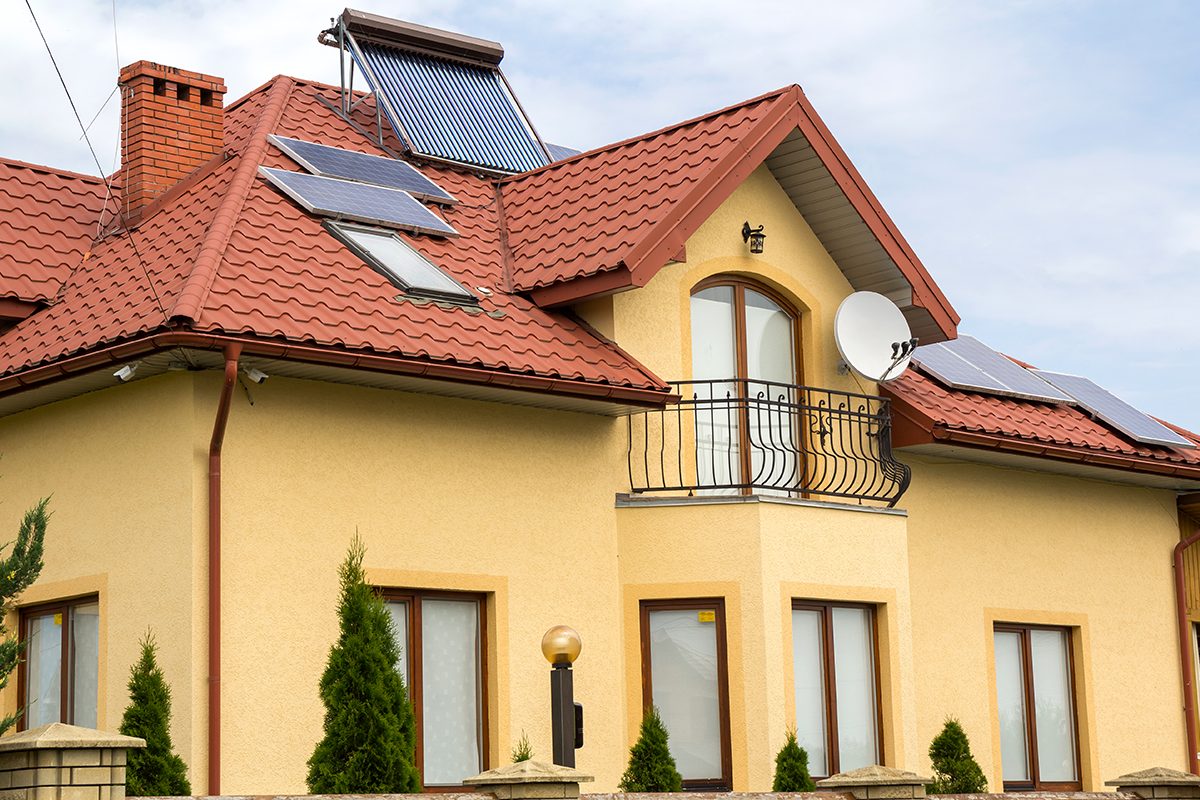
The only audible sound may be sporadic buzzing from the inverter. However, you won’t hear the inverter unless you’re in the same room. Furthermore, placing the inverter outside reduces the possibility of “noise pollution” within your home. The inverter will stop making noise at night as it cannot generate electricity.

